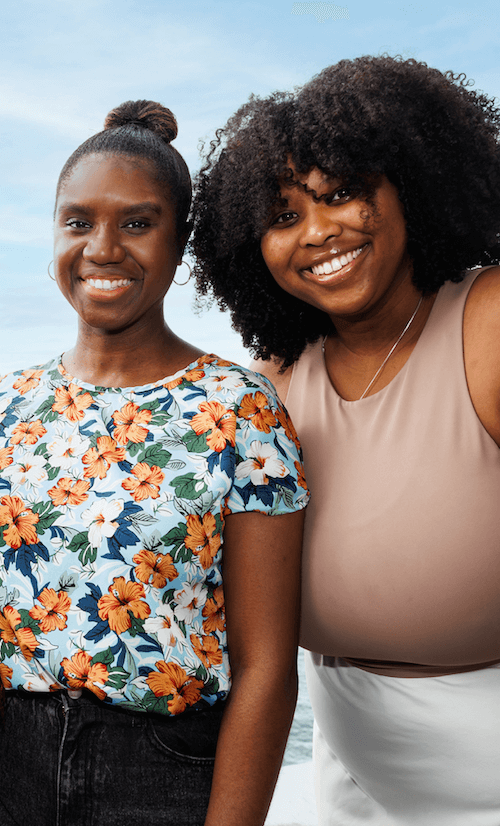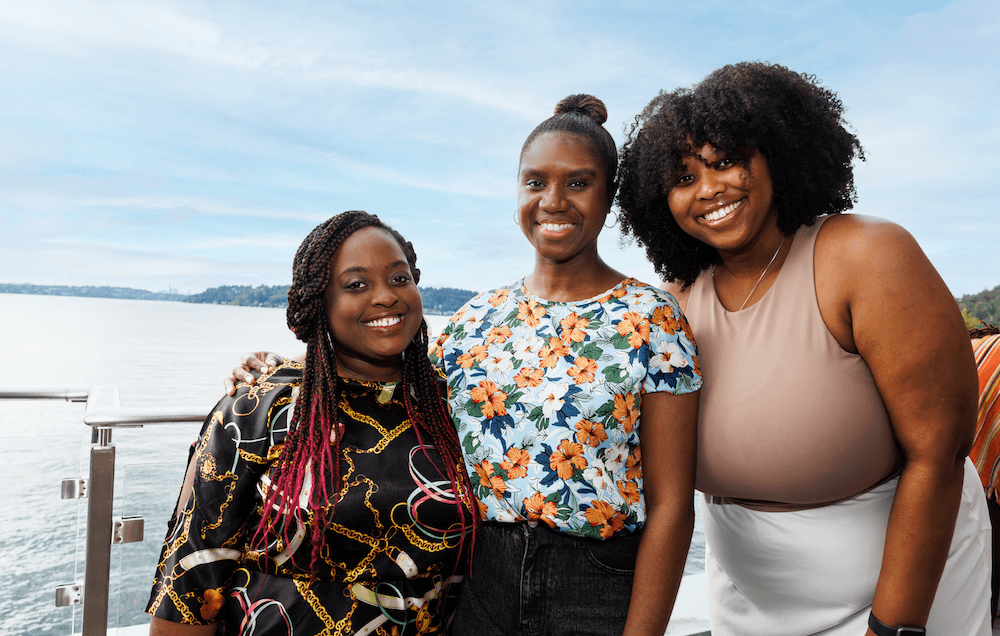Prescription Phototherapy
Phototherapy, also called light therapy, means treatment with different wavelengths of ultraviolet (UV) light. It can be prescribed to treat many forms of eczema in adults and children and helps to reduce itch and inflammation.
Phototherapy is generally used for eczema that is all over the body (widespread) or for localized eczema (such as hands and feet) that has not improved with topical treatments. The most common type of phototherapy used to treat eczema is narrowband ultraviolet B (NB-UVB) light, although other options may be recommended by your healthcare provider, including those that use ultraviolet A (UVA) light. Treatment with phototherapy uses a special machine to emit either UVB or UVA light.
What should I expect with phototherapy?
During your visit, you will apply a moisturizing oil to the skin and stand in a large cabinet undressed except for underwear and goggles to protect the eyes. The light-emitting machine will be activated for a short time – usually just seconds to minutes – and it will either treat the entire body or just certain exposed areas. It may take one or two months of steady treatment with phototherapy to start to see improvement in eczema symptoms, and at that point, the frequency of the visits can sometimes be reduced or stopped for a period to see if the eczema is in remission.
Potential side effects of phototherapy include:
- Sunburn and skin tenderness (common)
- Premature skin aging (common)
- Photosensitive skin eruptions
- Nonmelanoma skin cancer
- Cataracts (from UVA treatment)
Visit our New Prescription Treatments hub to learn about newly-approved prescription eczema treatments.

